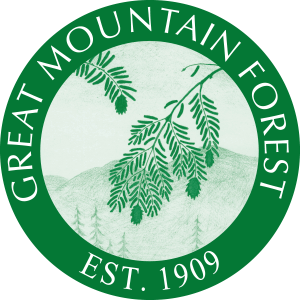The New Normal?
By Russell Russ
The first month of 2013 picked up right where 2012 left off. It was another warmer than average month. January on average is our coldest and snowiest month of the year. Our winter did finally seem to begin with some colder temperatures this month, but the typical Norfolk snowfall continued to elude us.
Many adults remember the good old winter days when we got “tons” of snow and when it was “always” in the single digits or even colder. The teenagers of today have only heard about how warm it is and how little snow we have. The big snowstorm and really cold temperatures do still come, but they are few and far between these days. It seems like the new normal for Norfolk’s wintertime will be less snow and warmer temperatures.
With an average mean temperature of 24.0 degrees January was 3.3 degrees above normal. It was warm, but not even in the top ten for warmest. The warmest January continues to be January 2002 with an average mean temperature of 32.4. The month’s high temperature of 57 degrees was observed during the early morning hours of January 31. The low temperature of minus 5 degrees, our coldest temperature of the season so far, was observed on January 24. In adjacent towns and other parts of Norfolk there were reports of minus 10 to minus 12 degrees on that morning. At the weather station so far this winter we have dipped below zero on just one day.
Tobey Pond and Wangum Lake froze over for good on January 2. For Tobey it was one week earlier than last year and for Wangum two weeks earlier than last year. With colder temperatures and little snow the conditions were good for skating and ice fishing on most local ponds.
January’s total precipitation amount was 2.05 inches, 2.01 inches below normal. The monthly snowfall total of 7.6 inches was 13.7 inches below normal. The snowfall total for this winter season to date, October through January, is just 29.5 inches, 16.6 inches below normal.
On January 25 around noontime a beautiful halo appeared around the sun. This type of halo, called a 22 degree halo or a 22 degree circular halo is not all that uncommon. They are beautiful to see in person, but are very difficult to photograph. Sunlight hitting ice crystals in high, thin cirrus clouds produces the visual affect which often times, but not always, means a front is moving in that will soon bring precipitation. In this case we did pick up a half inch of snow later that evening.


